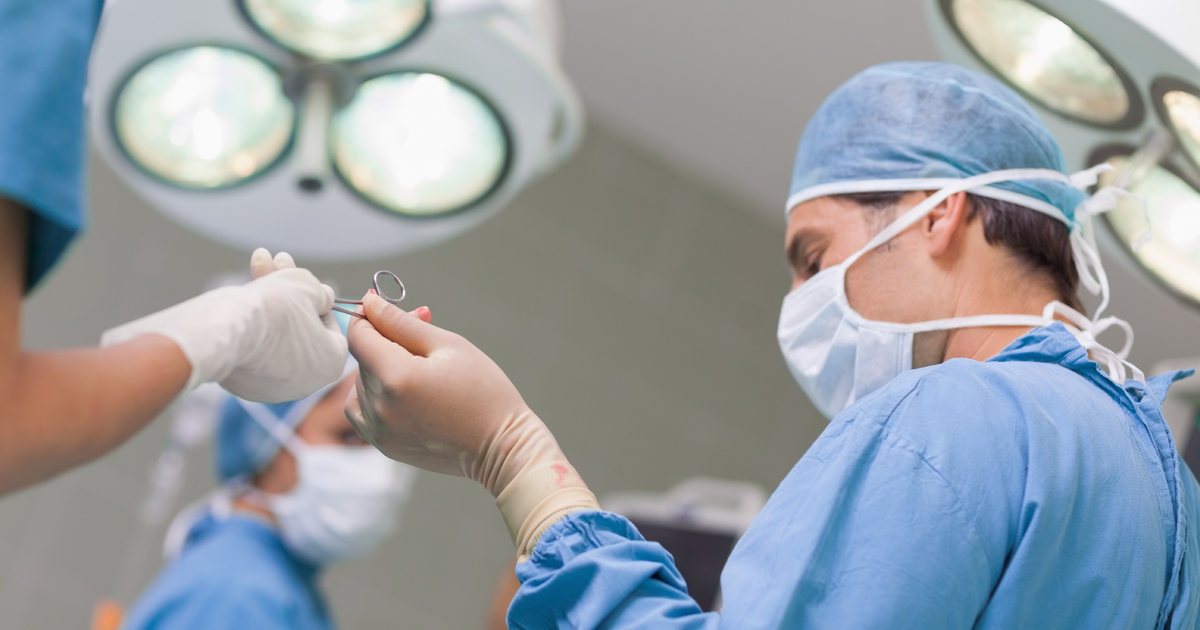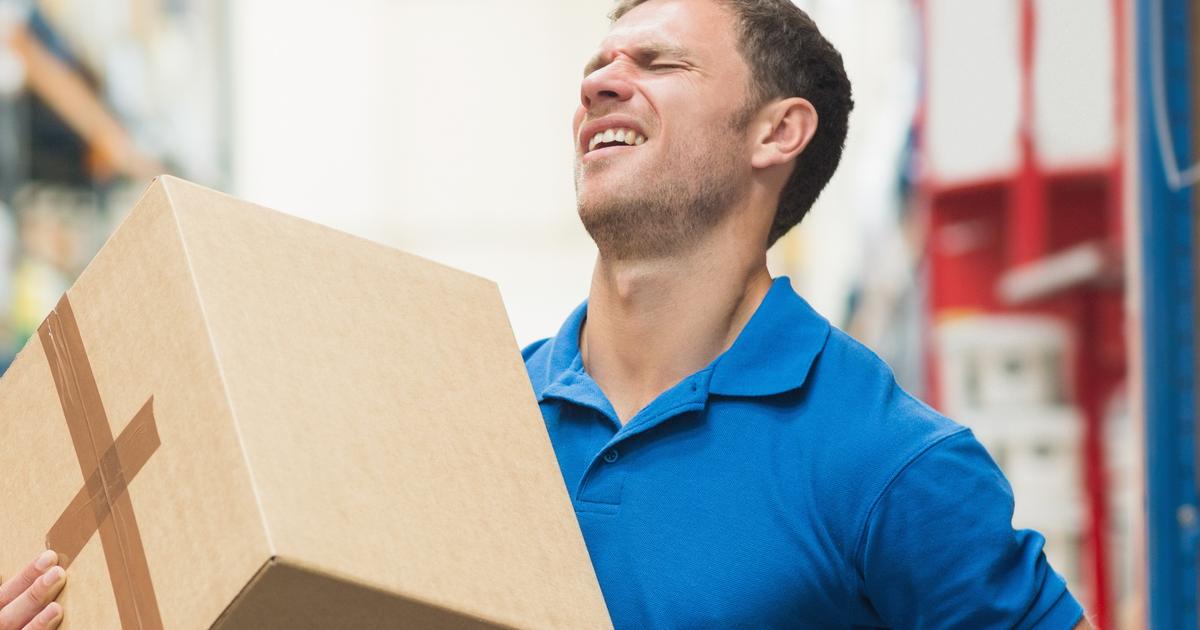Guide To Preventing And Treating Abdominal Aortic Aneurysms
Avoid Heavy Lifting And Stress
Part of the treatment for an abdominal aortic aneurysm is to avoid heavy lifting and stress. When an affected individual lifts heavy objects or participates in any similar physical activity, it can place unnecessary pressure on their abdominal aortic aneurysm. Excessive pressure can cause an abdominal aortic aneurysm to expand at a faster rate or even rupture. An individual has a sudden increase in their blood pressure when they lift heavy objects or exert themselves in this manner. Patients should avoid these activities to keep their blood pressure at a healthy level. Abdominal aortic aneurysm patients should avoid stressful situations if possible. Stress activates an individual's naturally occurring fight or flight response in situations where they feel threatened in any way. This stress response causes a release of several hormones that help concentrate oxygen in the muscle and brain tissues, increase heart rate, and increase blood pressure to prepare for potential danger. The increase in blood pressure via the stress response can cause an abdominal aortic aneurysm to become larger and or rupture.
Read more about treating abdominal aortic aneurysms now.
Endovascular Repair

When an abdominal aortic aneurysm reaches a certain size or causes debilitating symptoms, an endovascular repair may be needed to treat it. This is the most common surgical method used to treat abdominal aortic aneurysms between 1.9 and 2.2 inches, and the recovery time is less than half of that for open abdominal surgery. During an endovascular repair, the patient may receive local or general anesthesia before the physician makes an incision on both sides of the groin. Using imaging equipment, the physician threads a guidewire to the site of the aneurysm. The physician then injects contrast dye into the area to obtain a better visual of the aneurysm and blood vessels near it. Guided by imaging equipment, the surgeon threads a stent-graft to the aneurysm. The stent-graft is expanded and the weakened aorta wall it is attached to it. Contrast dye is injected once again to ensure there are no leaks. The guidewire and tools are removed, and the small incisions are sutured up.
Uncover information on the next treatment options for abdominal aortic aneurysms now.
